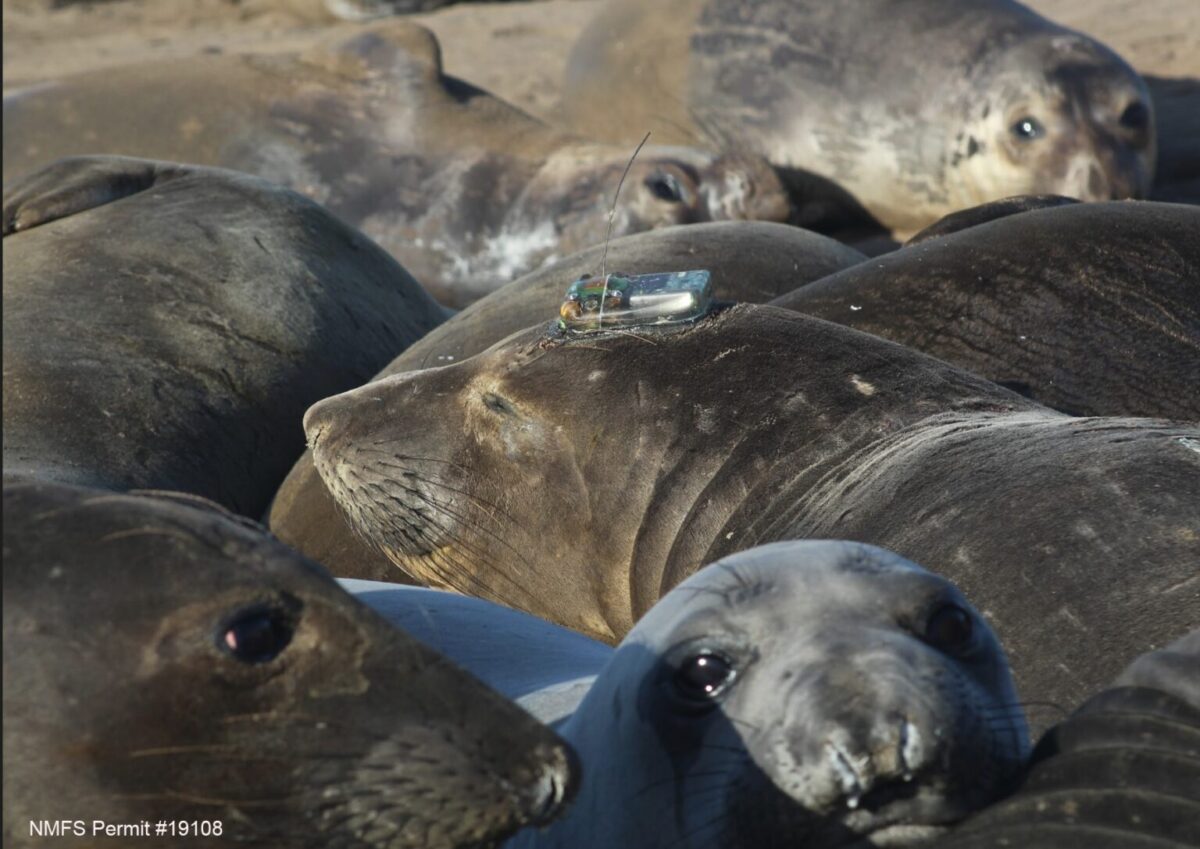From pv magazine global
A group of scientists have tested the use of special solar cells to monitor the behavior of seals during spring migration. They said this is the first long-term deployment of submerged solar cells in a realistic oceanic environment.
“Our work presents the first longitudinal study of photovoltaic cell performance in the marine environment that spans location, time, and depth,” researcher Collin A. Krawczyk told pv magazine. “We highlight novel methods of data collection in the marine environment, using animal hosts as vehicles for water column profile measurements. Based on our power results and energy predictions, solar power could feasibly provide all, or a significant portion, of the daily energy required by many marine wildlife telemetry modules.”
The academics said the electricity requirements of microelectronics applied in marine data loggers and other devices have fallen sharply in recent years, which makes PV a feasible power supply option.
To test their approach, the team attached special monocrystalline mini solar modules to four adult female northern elephant seals. The mammals make an ideal sensor platform for subsurface water profiling, as they average 2.9 dives per hour to depths of more than 400 meters and have migration patterns ranging from southern California to the North Pacific Ocean.
The scientists connected the mini PV panel to a device that measured and recorded the current-voltage relationship, in addition to a SPLASH10 tag that recorded the seal’s location, orientation, temperature, and depth. Unique names were given to each device: Kilo, November, Oscar, and Lima.
“The deployment of these devices began in late February of 2018, and both November and Oscar returned to the initial deployment location in early May of 2018. Kilo performed a much longer deployment, returning in early June of 2018,” the researchers said. “During this extended deployment, Kilo filled its on-board memory. Lima’s results were corrupted by a device malfunction during deployment.”
After recovering the modules, the academics had to perform extensive post-processing on them. They had to calibrate a time lag between the tags and the current–voltage devices and perform a curve fitting process for the latter. They also had to use a method that estimates the short-circuit current of a flat panel based on their tilted observed results. That is the module that was mounted to the head of a diving animal, and their panel-tilt angles were typically non-zero.
They found that maximum power averages as a function of depth are presented at up to 22 meters deep.
“Past 22 meters, our data became reliant on our low irradiance curve estimations, and the data here had very little medium/high irradiance curves,” they said. “At 5 meters depth, results show a 70% to 85% reduction in surface relative power, depending on the tag. While Kilo saw a higher reduction in power than November and Oscar, the reduction in power for November and Oscar at 15 and 20 meters was of roughly 84% and 90% reduction, respectively. At 15 meters, we found that there was an 85% to 95% reduction in available power, which increases to a 90% to 98% reduction at 20 meters.”
The researchers described their experiment in “Trans-oceanic subsurface photovoltaic performance,” which was recently published in Progress in Photovoltaics. They come from Northern Arizona University and the University of California, Santa Cruz.
This content is protected by copyright and may not be reused. If you want to cooperate with us and would like to reuse some of our content, please contact: editors@pv-magazine.com.








By submitting this form you agree to pv magazine using your data for the purposes of publishing your comment.
Your personal data will only be disclosed or otherwise transmitted to third parties for the purposes of spam filtering or if this is necessary for technical maintenance of the website. Any other transfer to third parties will not take place unless this is justified on the basis of applicable data protection regulations or if pv magazine is legally obliged to do so.
You may revoke this consent at any time with effect for the future, in which case your personal data will be deleted immediately. Otherwise, your data will be deleted if pv magazine has processed your request or the purpose of data storage is fulfilled.
Further information on data privacy can be found in our Data Protection Policy.